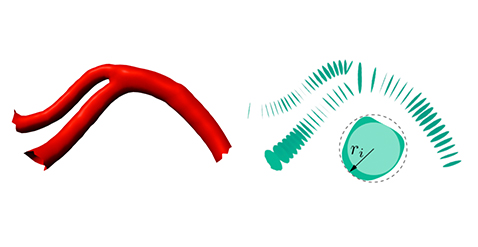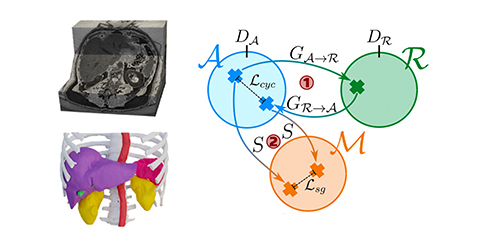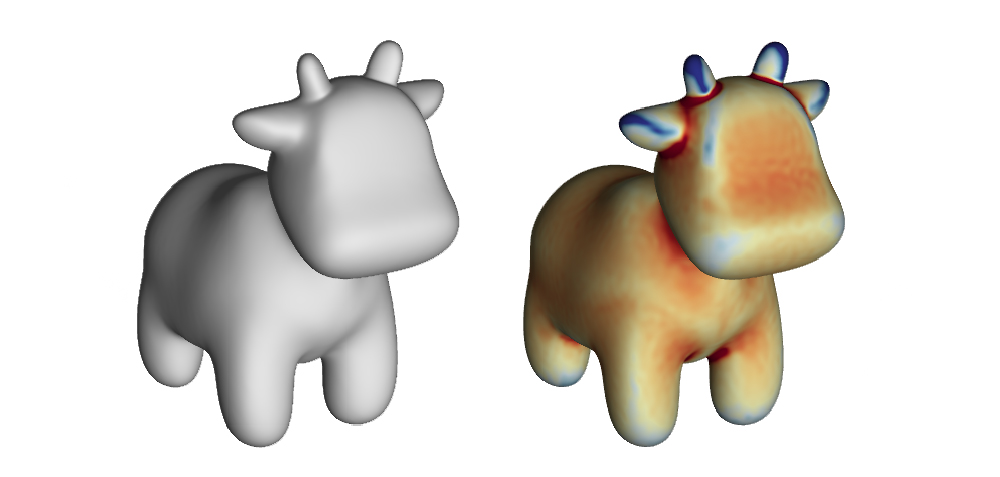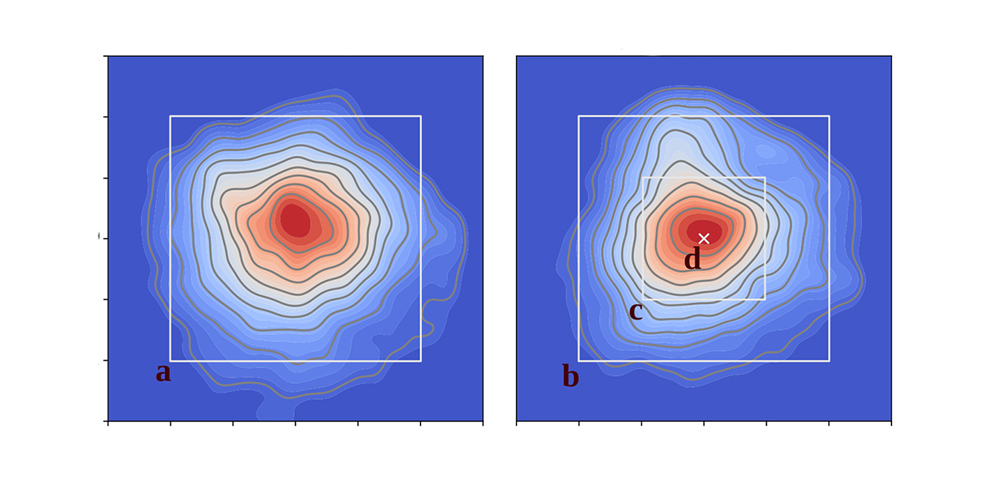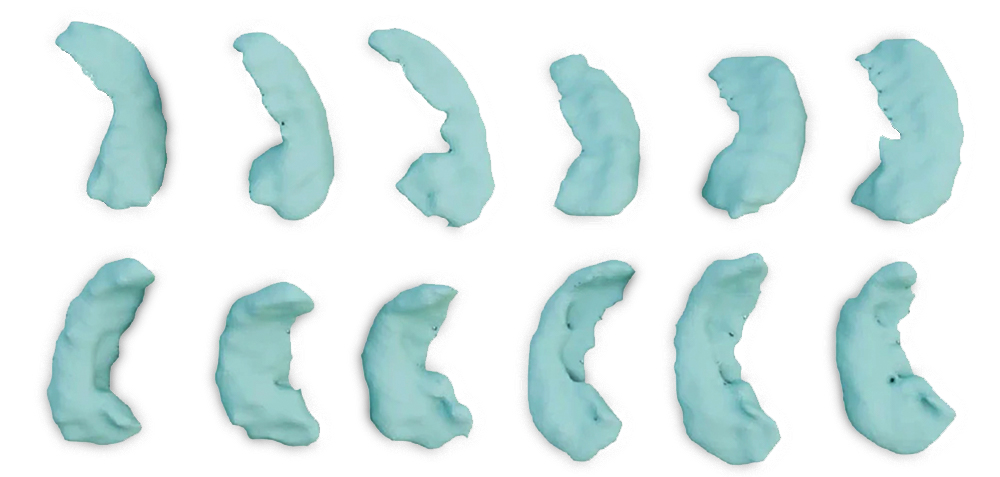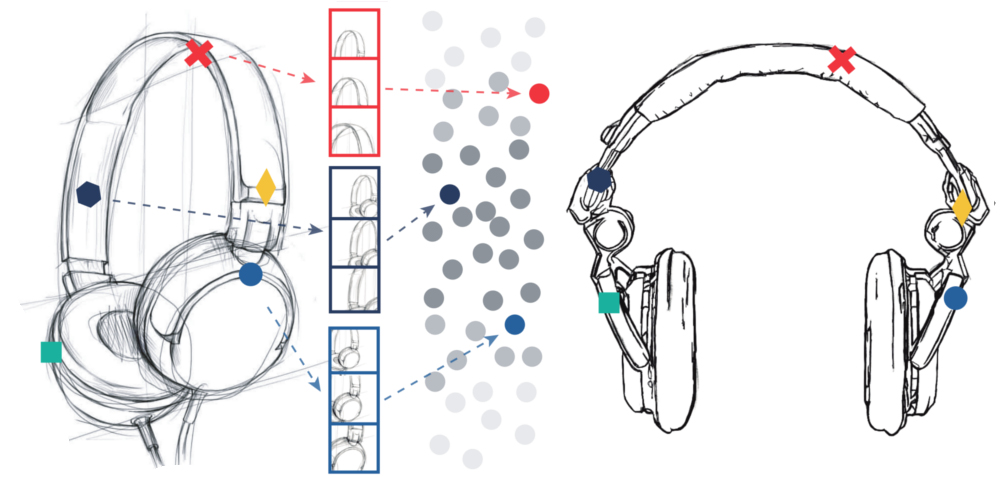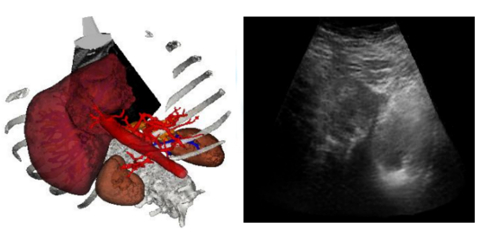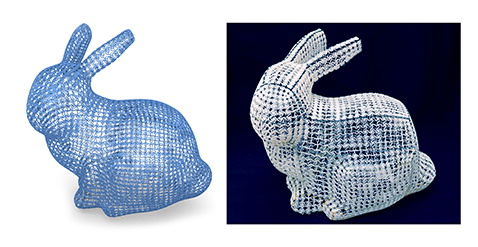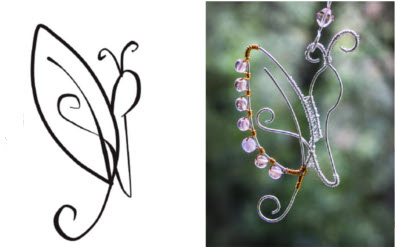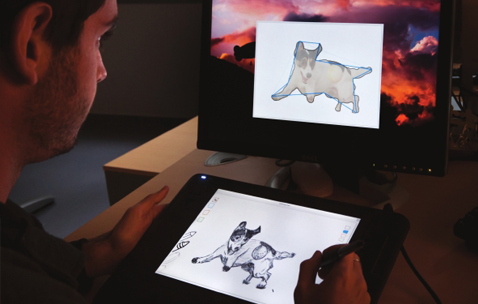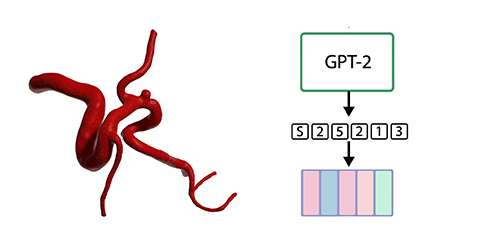

Short Bio I am a Computer Scientist at the National Scientific and Technical Research Council (CONICET) and an Assistant Professor at the Universidad Torcuato Di Tella in Buenos Aires. I completed my Ph.D. in Computer Graphics at the GRAPHDECO team, INRIA Sophia Antipolis, under the supervision of Adrien Bousseau and George Drettakis. After graduating, I was a postdoctoral researcher in Bernd Bickel’s group at IST Austria. I also hold an Engineering degree from UNICEN University (2012). My research bridges AI, computer graphics, and medical imaging, focusing on generative models for 2D/3D content manipulation.
